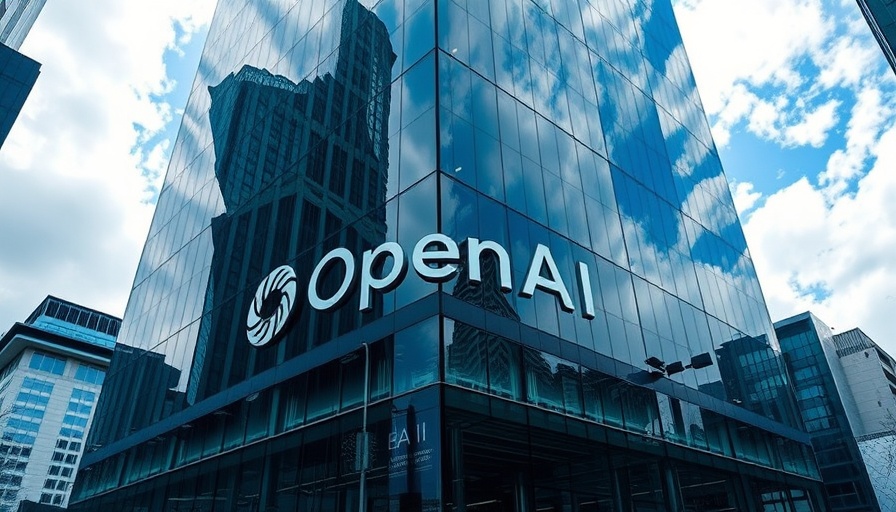
OpenAI's Vision for an Ambient Computer Layer
OpenAI is making significant strides towards redefining technology interaction by moving away from traditional interfaces. Recently, at the Wall Street Journal’s Future of Everything event, COO Brad Lightcap shared OpenAI's ambition to develop an "ambient computer layer." This innovative platform aims to provide seamless AI access without the need for a screen, effectively revolutionizing user interaction with artificial intelligence.
The Collaboration with Jony Ive: A New Design Era?
To bring this vision to life, OpenAI is acquiring the AI device startup io, co-founded by Jony Ive, the famed designer behind Apple's iconic products like the iPhone. This partnership could signify a monumental shift in how users will interface with AI technology. According to Sam Altman, OpenAI’s CEO, the goal is to create a device that allows for a natural interaction with AI, bypassing the steps of traditional web browsing or app usage. Expectations are high, with the startup planning to unveil their progress in 2026.
Why This Matters: Redefining User Experience
The rationale behind this shift is clear: as technology advances, businesses and consumers alike seek more efficient and user-friendly solutions. Altman emphasizes that current computer usage—turning on a computer, navigating websites, and waiting for responses—can be tedious and outdated. By providing a way to access AI that feels personal and immediate, OpenAI aims to streamline the user experience dramatically.
A Broader Impact: The AI-Powered University System
OpenAI isn’t just looking at consumer products; it's also launching initiatives in the educational sector. Lightcap announced that OpenAI is collaborating with the California State University System to develop the first AI-powered university system in the U.S. This endeavor could transform education by integrating AI assistance in the learning experience, making information more accessible to students across the state.
Looking Forward: Trends and Predictions in AI
As we speculate on the future of technology, it’s essential to consider how OpenAI’s developments could impact broader societal shifts. The transition from screen dependence to ambient computing could enhance connectivity and accessibility, reaching users who have previously struggled with traditional tech. Moreover, as companies like OpenAI innovate, we may see an entirely new landscape of devices and applications that rely less on visual interfaces and more on intuitive interactions.
Conclusion: Embracing Change in Technology
The direction OpenAI is heading in suggests a remarkable transformation in how we will interact with AI. The ambitious concept of an ambient computer layer indicates profound implications not only for consumer technology but also for education and beyond. As we await the introduction of these new systems, it's crucial to stay engaged with emerging changes in the tech landscape. Understanding these trends will equip us to make informed decisions in a rapidly evolving digital environment.
 Add Row
Add Row  Add
Add 




 Add Row
Add Row  Add
Add 
Write A Comment